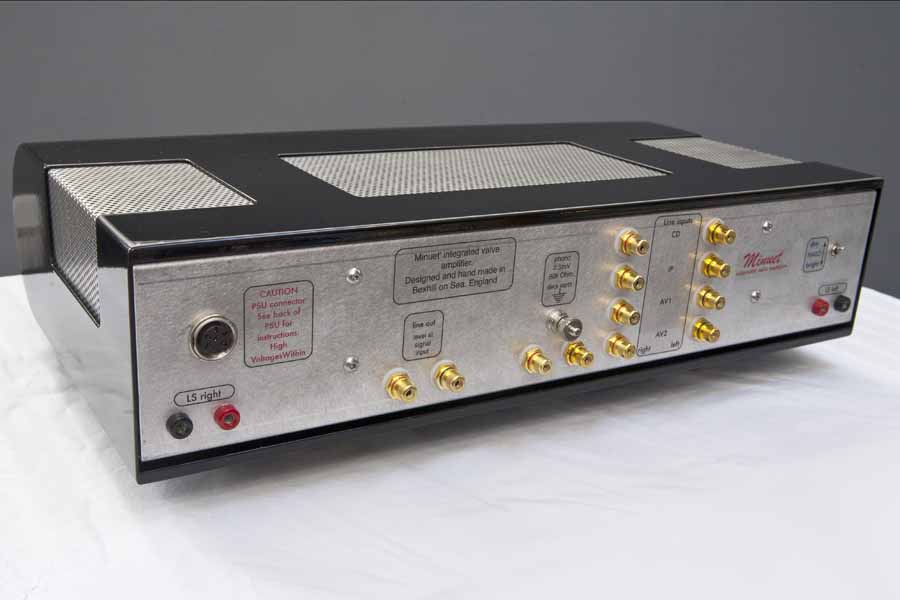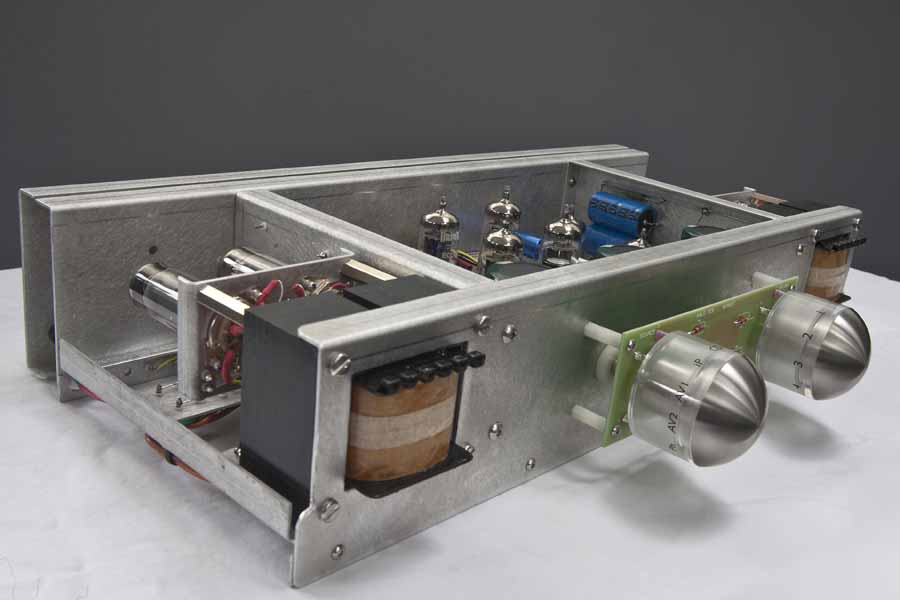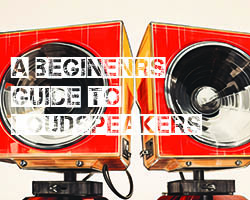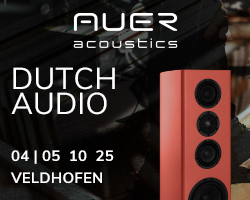The Eva Minuet’ is a British built integrated valve amp with onboard phono-stage and costs £3250. Janine Elliot takes it for a whirl.
 My favourite valve amp is my modified Leak Stereo 20, an amplifier dating from 1958 but which still beats many designs from the 21st century and can fetch well over a thousand pounds in the second-hand market. There are several reasons for this in my humble opinion; a great and simple design, trusted valves, and shorter point-to-point contacts rather than a PCB. To be sent a new amplifier on the block from Geoff Kremer, owner and creator of EVA Ltd (English Valve Amplifiers) that is based on a modified version of the Stereo 20 was an exciting opportunity for me, though it would have some stiff competition from Harold Leak if it was ever to get my sign of approval.
My favourite valve amp is my modified Leak Stereo 20, an amplifier dating from 1958 but which still beats many designs from the 21st century and can fetch well over a thousand pounds in the second-hand market. There are several reasons for this in my humble opinion; a great and simple design, trusted valves, and shorter point-to-point contacts rather than a PCB. To be sent a new amplifier on the block from Geoff Kremer, owner and creator of EVA Ltd (English Valve Amplifiers) that is based on a modified version of the Stereo 20 was an exciting opportunity for me, though it would have some stiff competition from Harold Leak if it was ever to get my sign of approval.
Geoff Kremer will be known to many for his excellent repairs to amplifiers and reel to reel tape recorders, including my own (and mine-Ed), something he has been doing since 1968. His knowledge of valve and transistor designs is second to none, having hitherto produced the beautiful looking Proteus integrated amplifier. His favourite amplifier is also the Stereo 20, though he understands its failings. He openly admits that Minuet’ is based on the Leak and that he has a great love for valve designs due to the fact that the sound they make, including distortion, is more akin to the way our ears hear than are transistors or digits;
“Very simply, valves have a character and sound more suited to our analogue ears, they are not as hard and brittle sounding as solid-state amplifiers. A lot of listeners might say that valves sound ‘warmer’ and that might be misconstrued as ‘woolly’ or ill-defined, far from it. A properly designed and built valve amplifier will be just as fast and accurate as any solid-state amplifier indeed, many good valve amps are considerably faster than their solid-state equivalent”
CONSTRUCTION
The brief for Minuet’ (he likes to call it Minuet’ rather than with an ‘a’ or ‘the’ preceding it, showing he sets high regard to this design) was to create a simple but very high quality integrated that could take on the very best out there, capable of holding its own with the very best HiFi amplifiers on the market. To create it he didn’t use lots of calculus but rather his own ears using DBE (design by ear). Indeed, even the phono-stage was created by listening to lots of music and altering the values of components, rather than trying to emulate the RIAA curve. He sells Minuet’ directly rather than through dealerships in order to keep the retail price lower. At £3250 this is a competitive price.
Where the Leak Stereo 20 was one of Harold’s famous “point one” series of components so named because astonishingly (at that time) they had less than point one percent of distortion, Geoff has worked to give Minuet’ at least the same specification. Indeed, he set himself four major considerations in designing it;
- very low distortion below 0.1% at 10W.
- A wide bandwidth with particular consideration to the low-frequency end.
- A fast response; Geoff states that a good valve amp can be faster than a solid-state design.
- It must be unconditionally stable in all circumstances. Consequently, Minuet’ will deliver 12WRMS and from 6-60,000Hz within 1dB.
Where the Stereo 20 was designed to be retrofitted in a box or cabinet unless you were happy to see the valves and transformers (indeed I actually think it is a beautiful looking amp in the nude), Minuet’ has been placed in a minimalist curved steel case with the power supply in a separate box meaning the unit is visually not so high plus technically minimising hum and noise. The output transformers are largely based on the Leak design. It has been designed to optimise performance. Where the Leak had the choice of 4, 8 and 16ohm speaker impedance changeable via a movable link, Minuet’ can be adjusted by soldered links internally. This might seem inconvenient, but Geoff says it ensures that all of the transformer windings are used all of the time, unlike many amplifiers that used taps which leaves some windings unconnected and thus inefficient. The review sample was set at 8Ω for my Wilson Benesch and Graham Audio loudspeakers. To attach loudspeakers the sockets at the rear are recessed 4mm red and black, though I wished they were multiway sockets like I fitted to my Leak so that I could attach spades as well as bananas. The HT system is smoothed by three very high value smoothing capacitors, which not only ensures stability but provides enough energy for those really low frequencies in the music. The cabinet is hand made using painted steel with bonded stainless-steel perforated grille. Some may not like the design of the cabinet, but he has kept costs to a minimum to keep the overall price very competitive, unlike his beautiful looking Proteus which had a very expensive cabinet.
There are four RCA line inputs plus phono input for cartridges with an output between 2.5-5mV, and RCA “tape out” sockets. Selection and off/on switch are via the left knob with volume altered from the right. Internally, components are set to ensure minimal interaction between them. That means as well as point-to-point wiring heat sensitive components such as electrolytic capacitors are kept away from high temperatures. The horizontally mounted EL84 output valves, which run very hot, have their own isolated and cooled areas at the edges whilst the phono stage is placed in the centre away from the heat, high voltages and signals. Even the input sockets, input selector, volume control and associated wiring is contained within a double-walled rear panel that isolates them the rest of the amplifier.
Where the Leak had a total of 3 ECC83’s for the input stage and two EL84s output valves per channel plus GZ34 rectifier, the Minuet has an ECC83 input coupled to an ECC82 feeding a pair of EL84 pentode valves running in Class A/B push-pull mode. The phono-stage section consists of two ECC83’s per channel. All valves supplied are from Brimer. The similarity in design is obvious to the elder but what was important was whether it sounded the same or even better. Where the Leak was typically 50s in looks, the Minuet’ reminded me of 1950’s space age with its black gloss curvy facia. It comes as standard in black gloss, though a choice of colours like silver, pink or blue would go down better I think, and indeed colours other than black are available from Geoff, though not a brushed steel finish. The mains unit is less radical and more functional than attractive. When switched on Minuet’ really comes alive with the two large machined stainless-steel knobs that have an Acrylic collar starting to glow red when in standby and then blue when switched on. That black facia was all but forgotten now. Even the mains unit glows green. That blue glowing knob can be dimmed, if you so wish, via a 2-position switch on the rear.
THE MUSIC
The unit needs only fifteen or so minutes to really start to sound good. Before using the inbuilt phono-stage I connected my trusty and familiar Manley Steelhead. Berlioz Symphony Fantastique (Chicago Symphony Orchestra, Claudio Abbado) has dynamism as well as constraints, a Fantastique work, full of highs and lows and Minuet’ worked well to perform the deepest lows and tops. The bass end was particularly good, and better than the Leak, dare I say. Trumpets and trombones shone through the string section atmosphere in a way that was tidier than the Leak could do. Instruments performed in a genteel fashion in a large soundstage predominantly behind the speakers. This was a highly musical performance. If you want bells and whistles look elsewhere, despite there being a percussion section containing bell plates and bass chimes. This amp is realistic and not over excitable, it wants to tell the truth and not exaggerate the facts. It is valve through and through and noticeably faster than my own Leak despite my own modifications. Where the Leak rolls off at both ends, the Minuet’ had an excellent bass and better top. It was also extremely quiet in operation. Only the power supply makes its very gentle hum but that can be placed well away from ears.
Next to play was my newly reconditioned (by Geoff) Sony TC-766 high-speed half-track machine. For this, I chose two excellently recorded Hemiolia recordings. First to be laced up was “May This Be Love” (Davide Pannozzo Trio – ‘A portrait of Jimi Hendrix Reel 1’), a beautifully engineered mix of guitar, bass and drums. Percussion, particularly cymbals, were tight and very realistic and the intentionally distorted guitar was as you would expect it to sound if you had the guitar amplifier in front of you. It sounded so human I actually enjoyed the distortion, something I don’t usually do!
Turning to clarinet and acoustic guitar with “Aria de Operetta” (Gabrielle Mirabassi (Clarinet) and Roberto Taufic (guitar) – ‘Ao Amigo Guinga’) the close mic’ing of the clarinet was particularly clear and realistic with the excellently recorded guitar filling in to make the duo work solidly and humanly.
Time to try the inbuilt phono-stage. It was quite obvious that Geoff and his trusty helpers have spent much time listening to get the best possible sound for the ECC83 based phono-stage. Firstly, a new album for me supplied by Vertere on their own new record label, the band Caezar and 12” EP ‘The Prayer’. Side two “The Presence of Love” suffered from the lack of presence from the bass guitar and the next track “Time” lacked bite from the drum machine. Though well recorded the album is not the most exciting Listening; the music lacks imagination with very predictable key modulations. Turning quickly to Pink Floyd the speed and clarity were immediately apparent. Vocals were crisp and instrumental detail included depth of soundstage and channel separation was excellent in this iconic LP. It only lacked the excitement that I have come to expect from this album listening on top-end separates, but for an inbuilt phono-stage this is an excellent design. That reduced excitement was notable at the lowest frequencies, for example; the “explosion” in track 3 just wasn’t quite as exciting as I know it can be. Indeed, whilst this phono preamp works well with higher output and higher impedance inputs namely MM and also high-output MCs (the specification suggests 2.5mV and 50kΩ load), it would be great to have provision for lower load impedance to allow greater flexibility of use. That higher load impedance can also change the frequency pattern of certain cartridges; for example, my 100Ω moving coil Audio Technica AT33Sa had a more subdued bass-end than my MM Ortofon VMS20E, 2M Red and Stanton 681 EEE which were ideally suited to a 47kΩ loading. Having a 100Ω/50,000Ω switch at the rear might, therefore, be an idea for those higher output MCs. Nevertheless, the phono-stage gave a very realistic warm and inviting sound and Geoff’s EQ setting worked well.
Turning to classics and one of my favourites Saint Saëns Symphony No3 in C Minor op 79 (Jane Parker Smith Organ, London Philharmonic Orchestra – Serge Baudo). This great work with iconic piano and organ runs was originally composed for the London Philharmonic Society in 1886. This work just lacked decisiveness, though the music was clear and there was good space and depth of soundstage. Whilst this is a 2-movement work there are numerous definitive sections. In the ‘Finale’ at the end of the second movement is the famous melody section starting with two very poignant organ chords leading into the beautiful theme including rippling piano arpeggios. The quiet piano undergirding the string tune was beautifully placed showing the valve phono-stage working well to distinguish all components of the music. This was a great performance from Minuet’ especially for an in-built phono stage, and unquestionably better than the phono-stage that accompanied the Stereo 20 in the form of the Varislope pre-amp from the 1950s! Only the long notes in the lowest octave of the organ foot pedal “B – G – C” appearing near the end was not as clear as I hoped it would be.
‘On the Third Day’ is my favourite ELO album and “New World Rising” my favourite track with excellent definition of the musical instruments in the soundstage, particularly the analogue synth, percussion, voice, piano and strings. Minuet’ gave a very clear and exciting rendition of this track showing that the phono-stage and the amplifier both work in harmony. ELO music is complex in orchestration and some amplifiers can make the music sound confused. Not in this case.
Finally, I listened to the excellent Jethro Tull ‘Live’ album, giving me another chance to listen to classical instruments combined with those more common to rock. Ian Anderson’s flute was exciting as was the vocals, much of this due to his jovial eccentric nature as to the playing. Detail and speed were there particularly in the mids and highs (glockenspiel and drums, marimba, mandolin, synthesiser, etc), but again that bass just needed a little bit of Ian’s eccentricity to get me excited.
CONCLUSION
This is a highly competitively priced integrated amplifier based on a modified Leak Stereo 20. Sound wise this was a very musical performer with an extended bass end on all line-inputs and an excellent top end and a tighter and faster sound than Harold’s amp. Music was easily definable and natural in all types of music. It was nice to see EL84s and ECC83s making music again. If you would like one of the valve best amplifiers of the 50’s, and indeed of all time, but that’s now even better, then this could be your ideal partner.
AT A GLANCE
Build Quality: Well-built design including well engineered inside.
Sound Quality: Excellent detail from lows to highs, with the bass-end of line inputs very special. Bass could be a little more forward in the phono-stage.
Value for Money: £3250 is a very keen price for a hand-built marvel.
Pros: Very musical performance. Very low distortion. Excellent coverage of frequencies with great speed.
Cons: Some may not like the curved architecture of the cabinet. Phono-stage lowest octave lacks bite.
Price: £3250
Janine Elliot
Review Equipment: Pre-Audio turntable/AT33sa cartridge/Manley Steelhead Phono-stage, Technics SL-02/ Ortofon VMS20E/2M RED, Stanton 681 EEE, Krell KPS20i CD, Ferrograph Logic7 and Sony TC-766-2 15ips/½ track Reel to reel recorders.
Manufacturers Specification
Power consumption 108W
Weight 14kgm incl external power supply
Signal sockets RCA gold plated
Speaker sockets standard 4mm
Speaker loading 6-10 ohms (4 to 16 can be selected internally)
THD 0.03% 1W; 0.06% 5W; 0.08% at 10W
S/N ratio better than 86dB
Phono-stage 2.5mV drive into 50kOhm for 15W
Frequency response at 1W 3-40,000Hz ±1dB (3-60,000Hz at -1.5dB)








































































































































































































You must be logged in to leave a reply.